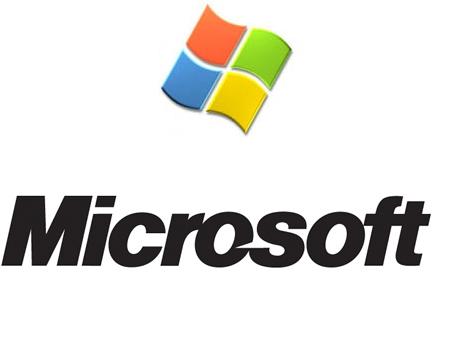Microsoft study shows growing threat of computer worms
 Munich - The danger of corporate computers becoming infected by worms has risen dramatically recently, according to a new study by Microsoft.
Munich - The danger of corporate computers becoming infected by worms has risen dramatically recently, according to a new study by Microsoft.
The study showed that, globally, the chances of infection by a computer worm had increased by almost 100 per cent when comparing the first half of 2009 with the same six-month period in 2008.
The threat is focused mainly on business computers. Private users get off lightly, by comparison, partially because they are more likely than corporate customers to make sure their computers have the newest security software installed.
Germany and Austria both have PC infection rates significantly below the global average of 0.87 per cent: 0.3 and 0.21 per cent, respectively.
Germany usually performs well in such tests, said Microsoft spokesman and security expert Thomas Baumgaertner. That lies partially in the fact that Germany has a wide degree of penetration for fast DSL lines. That solid infrastructure insures that computer users regularly update their security software.
Despite the higher risk of worm attacks, the study say worms only make up about 6.7 per cent of all attacks, meaning they are only the fourth most predominant threat. Trojan horse attacks claim first place in Germany, with 39.5 per cent of all attacks.
These attackers disguise themselves as harmless software, but then insinuate themselves into a computer and allow remote access. Examples include programmes like Wintrim and Alureon.
The most predominant worms are Conficker, followed by Taterf, which saw a 156-per-cent increase in its infection rates, reported the study.
Worldwide, the greatest threat remained attacks via fake security software. More than 13 million such attacks were blocked by computers with the help of Microsoft software in the first half of 2009. Nonetheless, a year ago, that figure was 16.8 million.
Microsoft presents its Security Intelligence Report twice a year, updating readers on the actual state of computer security and dangerous programmes. It pools its information from multiple sources, including a database of more than 450 million computers, the analyses of billions of websites, and the billions of e-mails sent annually over Microsoft's Hotmail website. (IANS)